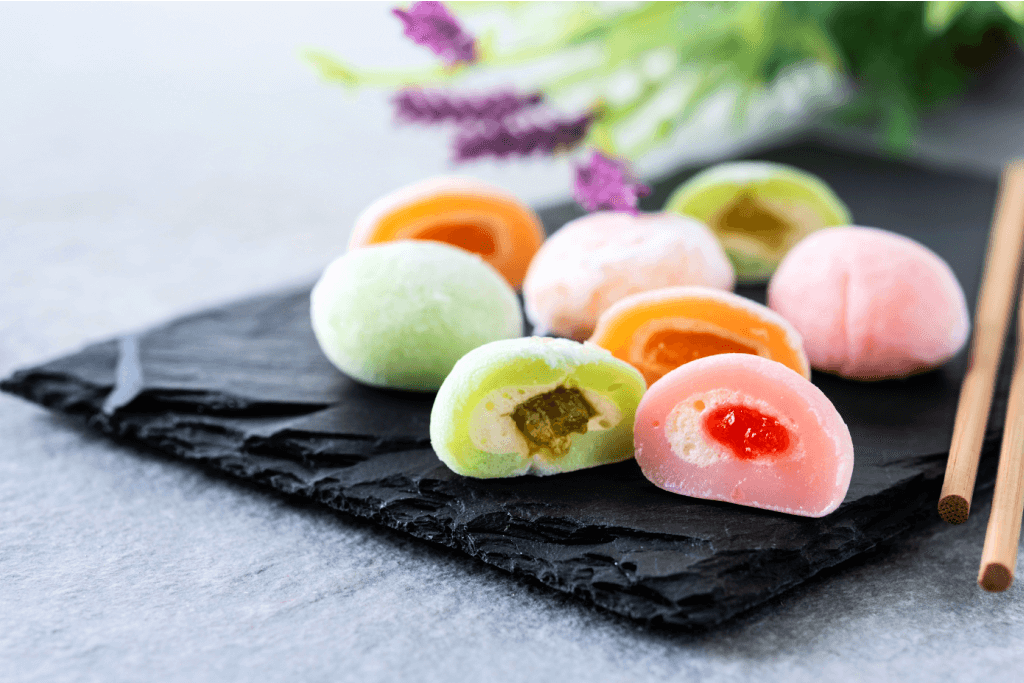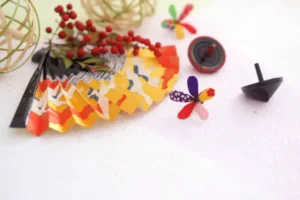Fruit is unique in Japanese culture and cuisine, and people revere it for its beauty, quality, and significance. Fruit mochi embodies this regard, blending a love of fruits with traditional confectionery. This delectable confection combines soft and chewy glutinous rice mochi with seasonal fruits like strawberries, mangoes, and peaches.
The ultimate product is a harmonic blend highlighting Japanese culinary talent by amplifying fruits’ inherent flavors and textures with delicate rice dough. However, there are so many ways that fruit is essential to Japan!
Table of Contents
ToggleWhy do people in Japan like fruits so much?
Japan deeply loves fruits, and there are many reasons for this. First, the country’s long farming history means it has a wide range of high-quality, locally-grown vegetables famous for their taste and texture. Also, aesthetics and presentation are essential in Japanese society, and fruits are precious gifts.
The country’s health-conscious way of life also pushes people to eat fruits as a healthy snack or dessert. Fruits are also suitable for holiday parties and traditional ceremonies, which adds to their cultural value. In addition, they eat mochi while enjoying flowers such as cherry blossoms, plum blossoms, and chrysanthemums!
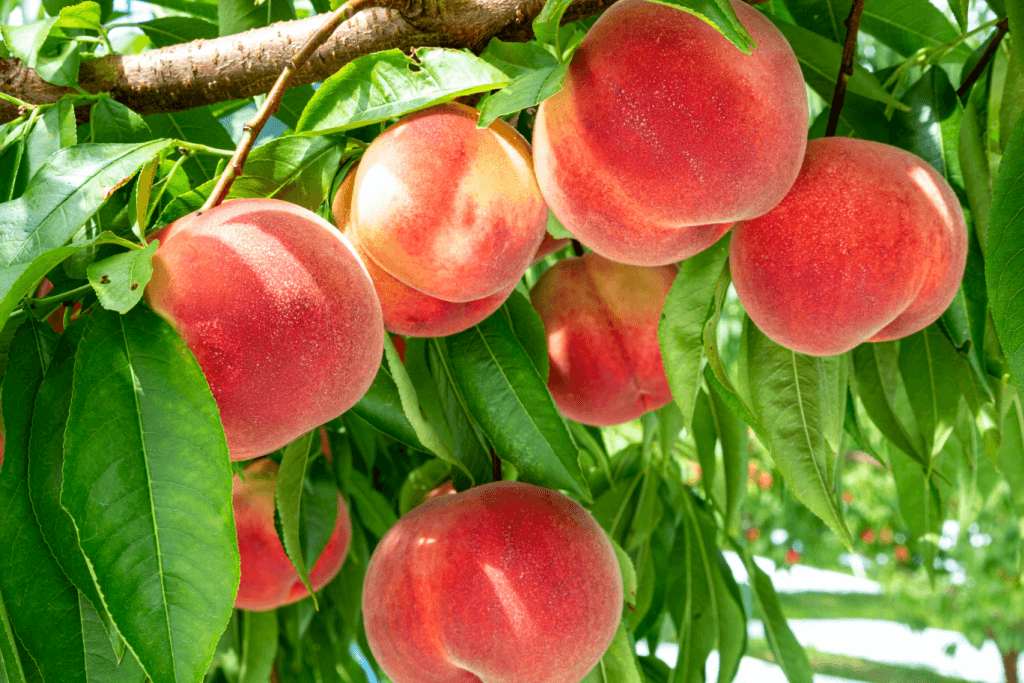
In addition, the Japanese respect the idea of omiyage, or souvenirs. Fruits are particularly thoughtful gifts. Lastly, global trends and the success of fruit-based desserts and drinks in Japan’s thriving food scene have made fruits even more popular, making them a favorite treat for the Japanese people. When it comes to fruits in Japan, strawberries hold a special place. Known as “ichigo,” these luscious berries are cherished for their vibrant color, juicy sweetness, and delightful aroma.
Japanese farmers have developed innovative cultivation techniques, such as using greenhouses, to ensure a year-round supply of plump strawberries. From traditional strawberry picking to indulgent strawberry-themed desserts, Japan’s love affair with these red gems is enchanting.
Are you looking to enjoy and share fruit-filled snacks this summer? Check out Sakuraco! Check out Sakuraco! Sakuraco delivers traditional Japanese snacks, teas, sweets, and snacks from local Japanese makers directly to your door so you can share more of Japan’s rich culture.
Are there any Japanese legends about fruit?
Japanese folklore is replete with fascinating legends, and even fruits have their place in these enchanting tales. One such legend revolves around the persimmon fruit, known as “kaki” in Japan. According to the story, if you find a persimmon seed with a sprout that resembles a human figure, it is believed to bring good fortune and symbolize the birth of a healthy child.
Another fascinating legend involves the yuzu fruit, a citrus prized for its aromatic zest. It is said that bathing with yuzu during the winter solstice, known as “yuzu-yu,” wards off illness and brings good luck for the upcoming year. These fruit-related legends add a touch of mystique to Japan’s cultural tapestry and showcase the reverence and symbolism attributed to nature’s bountiful gifts.
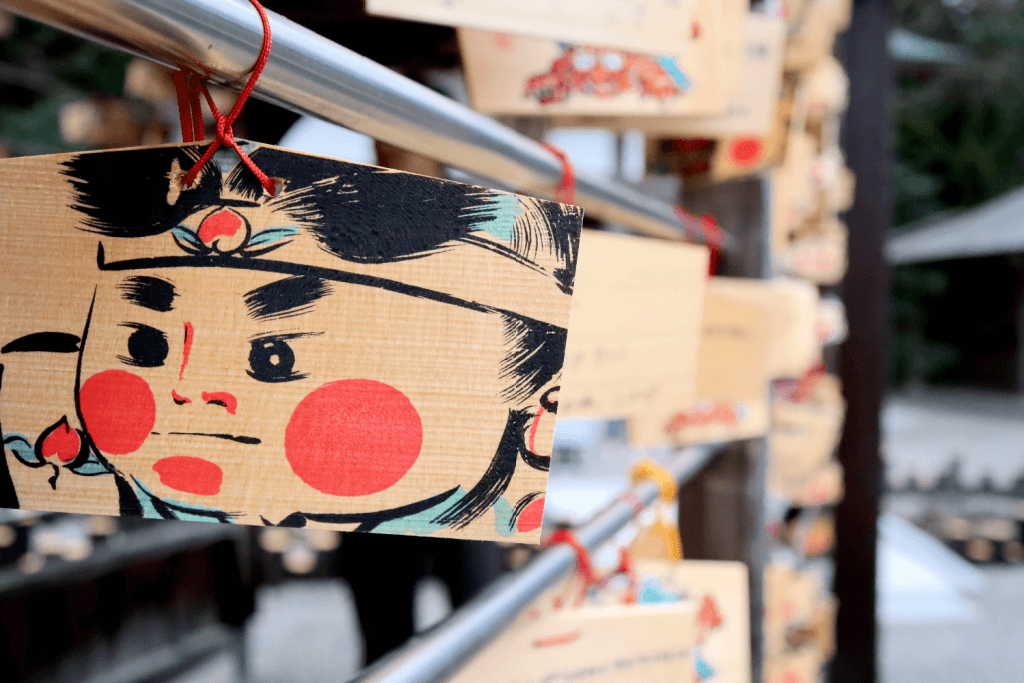
Moreover, there is the legend of Momotaro, which translates as “Peach Boy.” It’s a well-known Japanese folk figure whose story revolves around a magical peach. An elderly couple discovered a giant peach drifting down the river, according to mythology.
When they opened it, they discovered a baby boy inside, whom they called Momotaro. Momotaro grew up and embarked on a daring journey to battle the demons that plagued his hamlet. Along the journey, he met a talking dog, monkey, and pheasant, all of which accompanied him on his mission.
They traveled together to the demons’ island, where Momotaro utilized his wits and might to overcome the evil creatures and restore peace to his hometown. Momotaro’s story imparts valuable lessons about bravery, teamwork, and the triumph of good over evil. The peach, which represents both good fortune and divine intervention, triggers Momotaro’s heroic adventures and is an enduring symbol of his mythology in Japanese culture.
What kind of fruit mochi is there in Japan?
Fruit mochi, a delectable dessert, has a long history in Japanese culinary traditions. This delightful treat mixes traditional mochi’s soft and chewy texture with the vivid flavors of seasonal fruits. Fruit mochi involves wrapping a sweetened glutinous rice dough around a juicy fruit like a strawberry, mango, or peach.
These bite-sized pleasures are visually stunning; each mouthful provides a pleasant fruity flavor. Fruit mochi is a popular dessert throughout the year, especially during special events like New Year’s celebrations and tea ceremonies. Fruit mochi is a popular Japanese treat for locals and visitors due to the beautiful balance of textures and flavors created by the smooth rice surface and the luscious fruit core.
In addition to fruit, Japan uses other unique ingredients to make mochi. While mochi usually has glutinous rice as its main ingredient, other delicacies such as imomochi use potatoes! Most of these potatoes come from Hokkaido, who used them as a substitute for rice in the 1880s when rice was scarce on the northern island. Because imomochi is a savory snack, it doesn’t use fruit. However, it’s still a very unique delicacy that many people enjoy!
Can you cook fruit?
To an extent, yes! Pumpkin, or kabocha, is a fruit, and it’s prevalent in Japanese cuisine. Typical dishes include simmered pumpkin and pumpkin dango. In addition, there’s also pumpkin tempura! Tempura is a popular Japanese dish with lightly battered and deep-fried seafood, vegetables, or fruits.
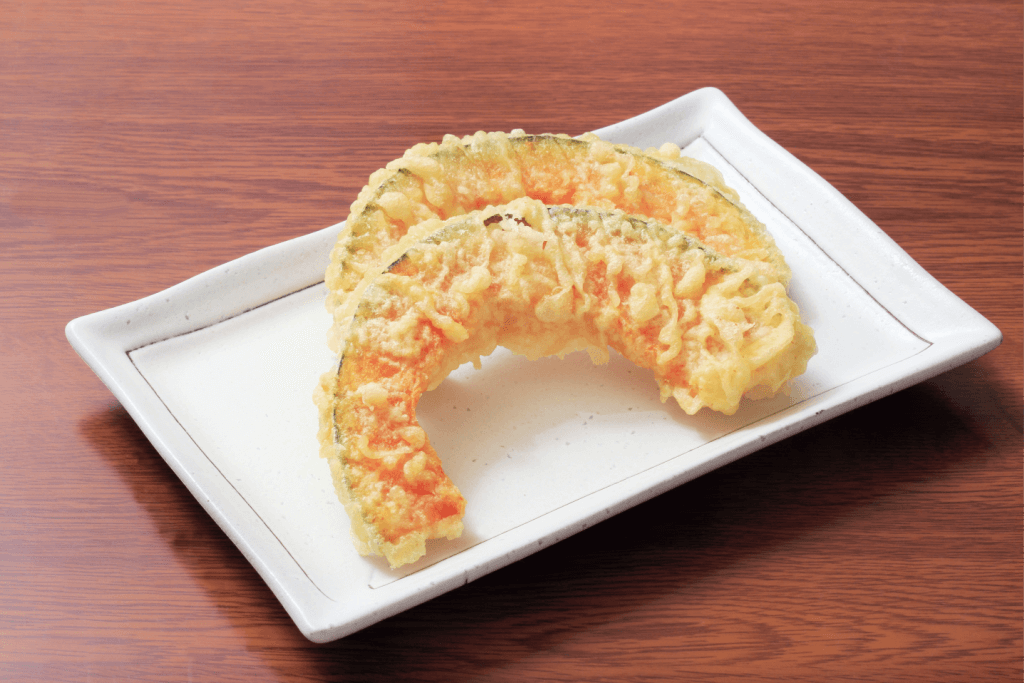
Tempura batter uses a mixture of flour, water, and sometimes eggs or baking soda to achieve a light and crispy texture. The ingredients are carefully selected and delicately fried to create a golden, crispy coating. This coating encases the tender and flavorful interior, resulting in a delicious contrast of textures and flavors. All in all, fruit in Japan is an essential delicacy. From fruit mochi to pumpkin tempura, it plays a role in cuisine and legends. What do you like about fruit in Japan? Let us know in the comments below!


